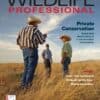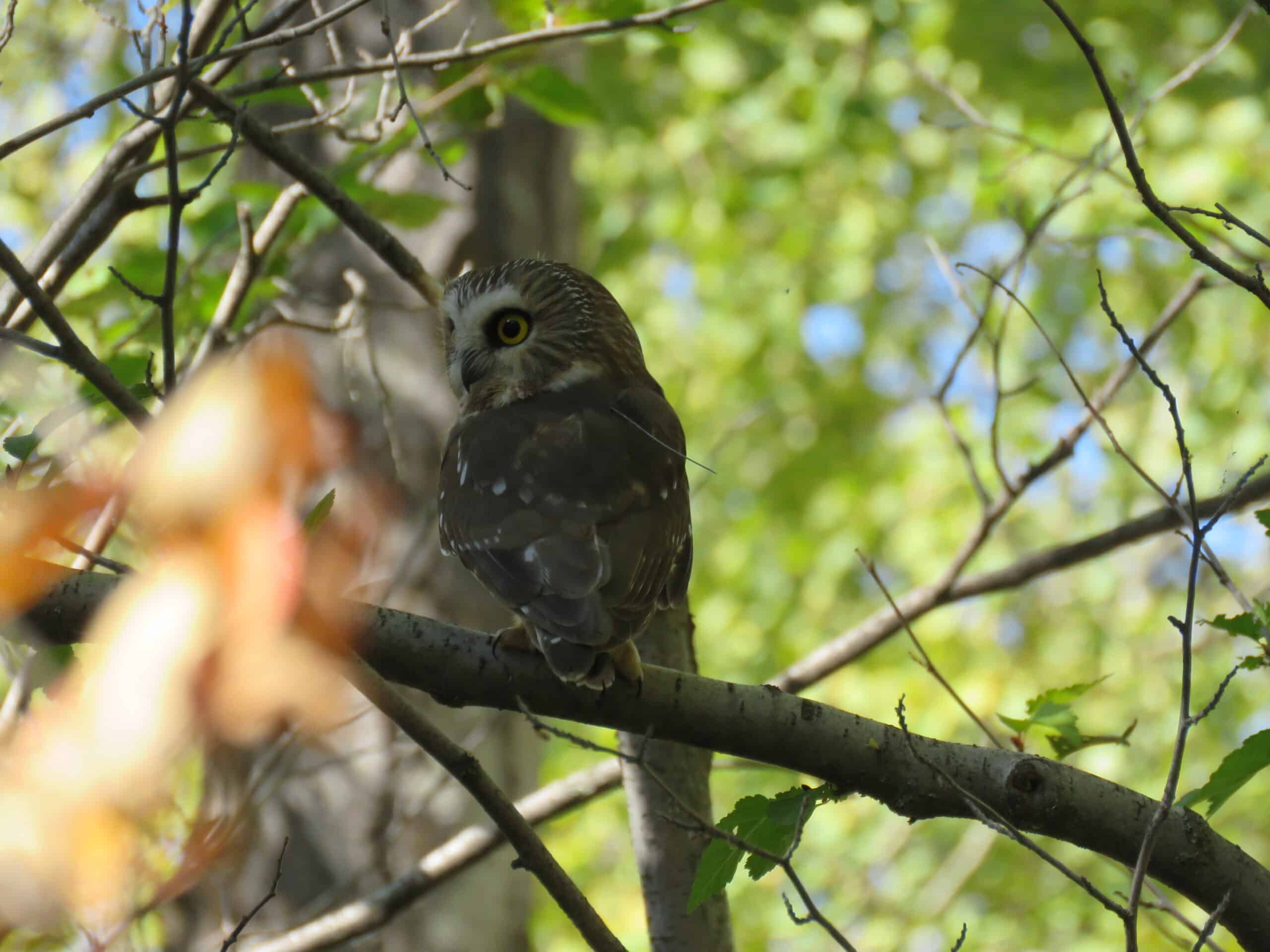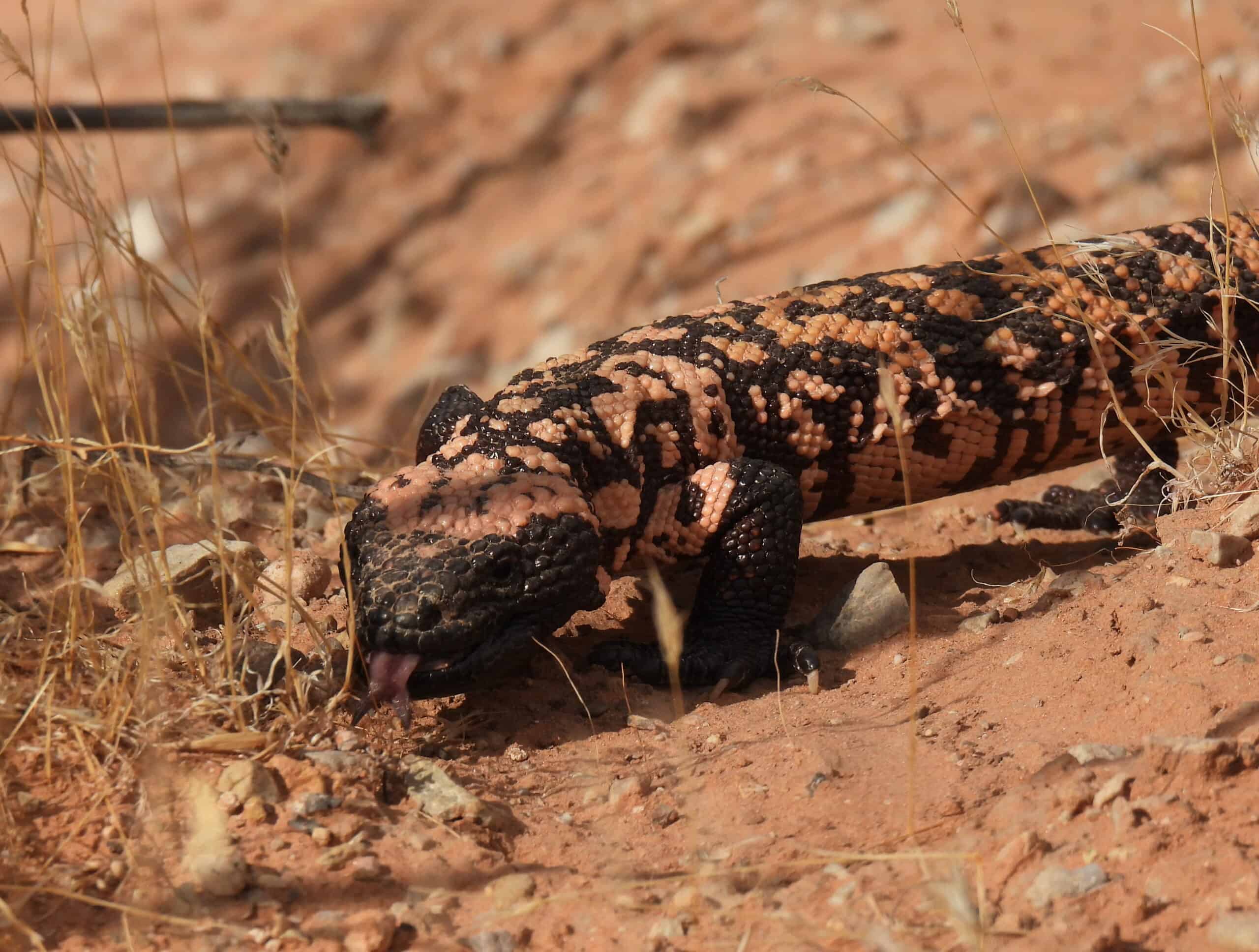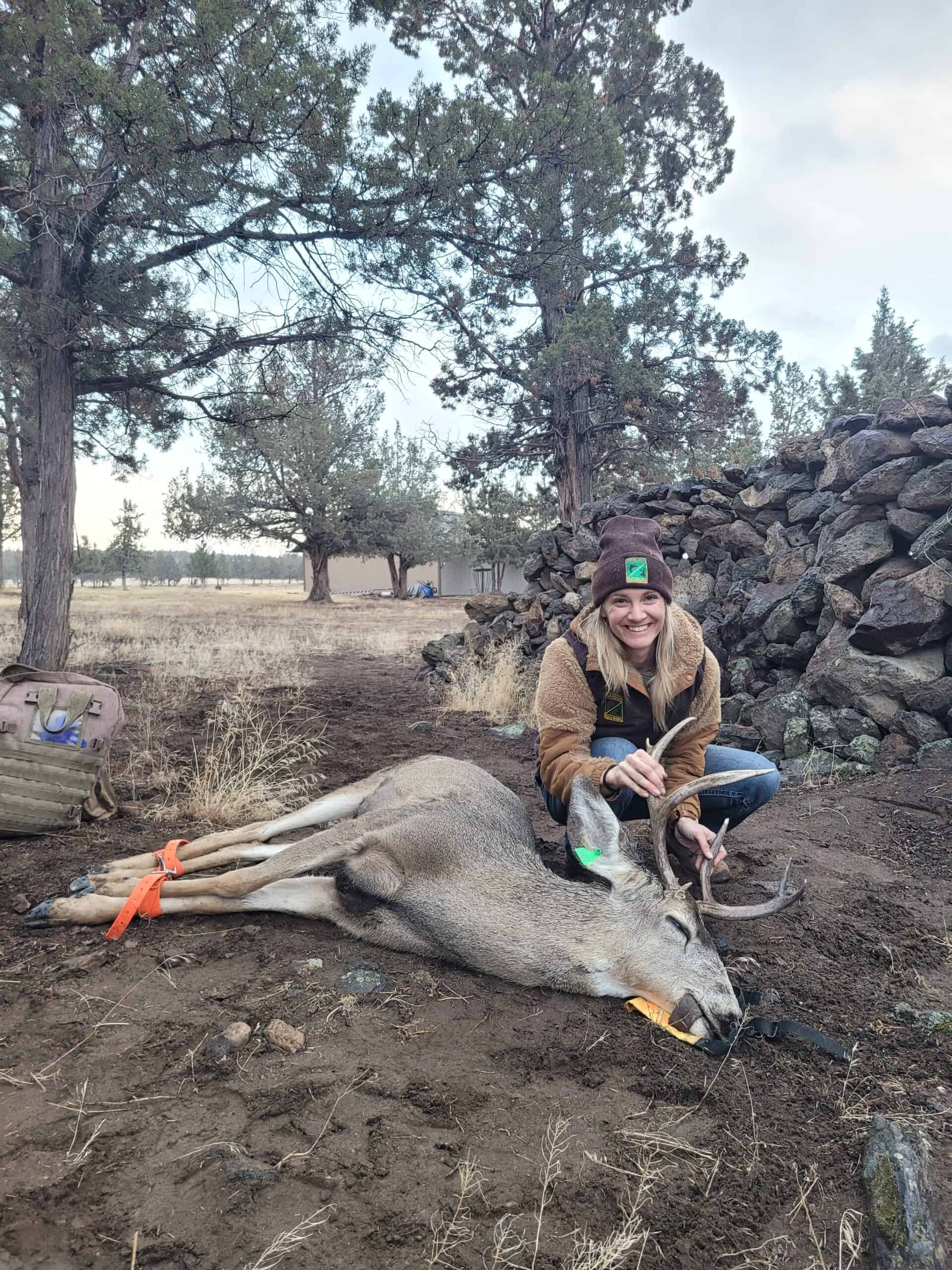Share this article
Student research project: CWD spreads east in Michigan
Since wildlife managers first detected chronic wasting disease among southern Michigan’s wild deer populations in 2015, they have detected 11 more cases, all appearing in a westerly direction from the first known occurrence. But a new student research project suggests the disease is probably spreading in the opposite direction on the landscape.
A sophomore at Michigan State University, Hunter Stanke and his colleagues at the Boone and Crockett Quantitative Wildlife Center (QWC) analyzed the connectivity of points on the southern Michigan landscape where chronic wasting disease had been found in white-tailed deer (Odocoileus virginianus). Using GIS software, they modeled resistance to deer movement between these locations based on land cover type, forest density and road density to figure out the easiest way for the disease to progress through the region.
Although Michigan’s cases of chronic wasting disease were first observed in a westward direction, it’s likely to be spreading eastward, said Stanke, who won first place for his poster on this research at the 2017 annual TWS conference in Albuquerque, New Mexico. “There’s less resistance or cost in movement for deer in that easterly direction than the westerly because of the landscape context.”
Considering these results, Stanke’s team has been working with the Michigan Department of Natural Resources to focus disease surveillance in the west, where his model suggests the disease mostly like came from. The QWC is preparing to launch a GPS collar study at the start of 2018 to track deer’s spatial distributions and better understand how they’re carrying chronic wasting disease through the landscape. Stanke and his partners are also examining hunter harvest data to decide where to place checkpoints and analyze compliance with mandatory deer checks in chronic wasting disease zones in Michigan.
“There’ll be a lot of work coming out of here quick with CWD,” Stanke said. “We’re trying to focus a lot of resources into getting a handle on it early.”
Stanke, who became involved with TWS through the Michigan Chapter when he joined college after being offered a professorial assistantship with the QWC, said he’s still surprised by the top recognition he received for his research at the conference in September.
“I can’t believe they chose an undergraduate, and it was me,” said Stanke, who kept busy presenting his poster at the Albuquerque Convention Center. “I never had a person come up to me that didn’t seem genuinely interested and couldn’t point out the trend. People liked the methods we used and had an interest in taking it back to where they’re working.”
In turn, Stanke plans to apply his audience’s comments to improve his follow-up research.
Attending his first annual TWS conference was “incredible” and “eye-opening,” he said, because it allowed him to meet and learn from many people in the wildlife field and listen to talks about connectivity that informed his own work.
“I wouldn’t trade that experience for anything,” said Stanke, who looks forward to the next annual conference in Cleveland, Ohio. “It’s changed my life, the opportunity to be at TWS and the QWC. I wouldn’t be here today without both those groups. I can’t imagine being anywhere else right now.”
Header Image: Hunter Stanke stands before his first-place poster at the Albuquerque Convention Center. ©David Williams








